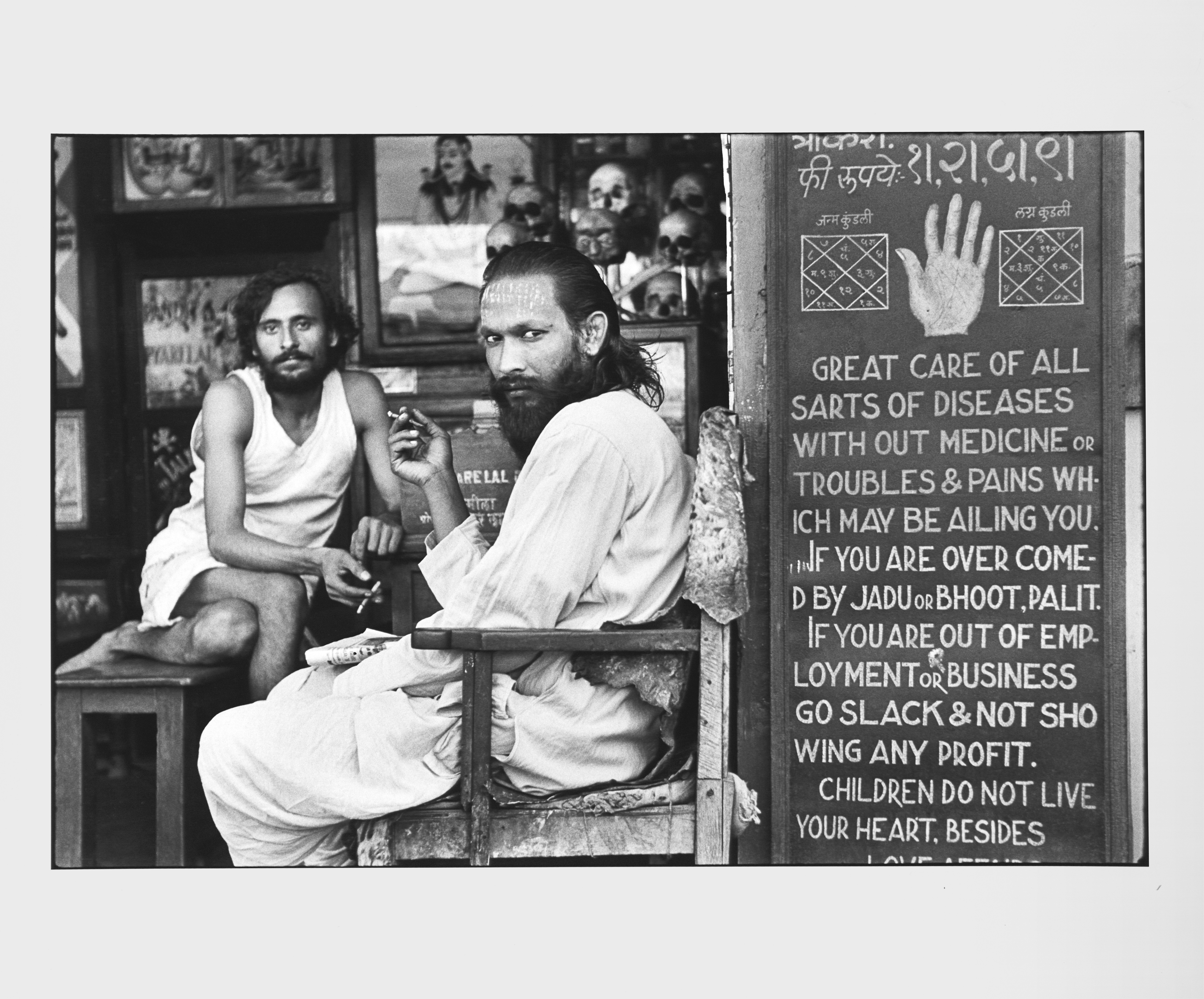The advent of the camera in the 1840s revolutionised not only the way people viewed the world and their lives but it also altered the world of visual art and steered it towards the direction that impacted it immensely. All of a sudden, it obviated the necessity of rendering art as closely as possible to reality. Artists realised that they had to create an art form different from photography, something that the camera could not create as the camera was able to capture the architecture, effect of light and shade, specific moments and human emotions in their true form. Not wanting to follow and compete with the new technology, the artists became experimental with forms, light, colour palette and above all, brush strokes.
A few artists broke away from realism and initiated experimentation with form, light and brushstroke thus creating a new style such as Impressionism followed by many more styles like Fauvism, Expressionism, Cubism, Surrealism, Abstract, etc., in the chronology of art history. These artists understood the technology of the camera and taking advantage of the new technique used it as a tool to aid their art. The celebrated French artist Edgar Degas (1834-1917) incorporated photographic angles in many of his works and this is particularly evident in his Ballet dancers series and “A cotton Office in New Orleans”. Impressionism was followed by other styles which were further moving away from realism. It would not be wrong then to say that what transited in art history after the 1840s and continues till date, perhaps owes its journey to the arrival of the camera. Till very recently, photographs were not considered befitting…
To read more, subscribe to our magazine.




